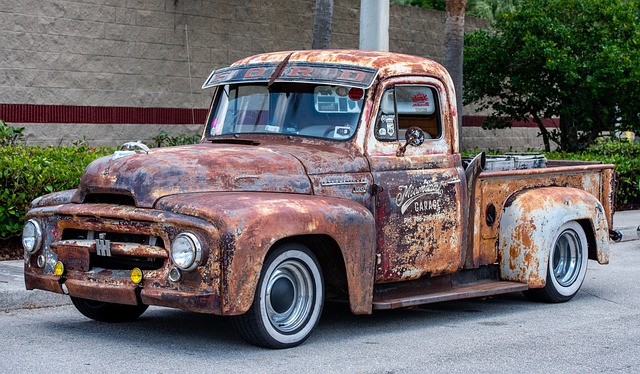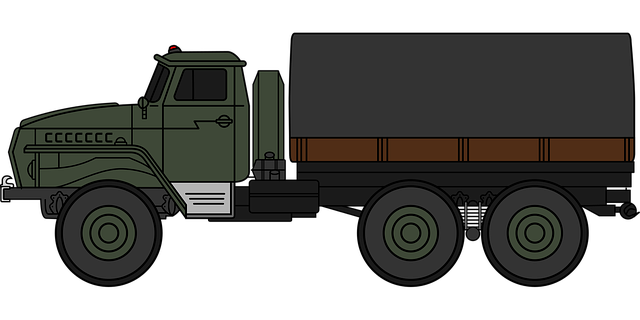Managing a business fleet with diverse vehicles requires specialized multiple truck coverage insurance beyond traditional policies. This holistic approach addresses unique risks, from driver behavior to mechanical issues, and protects against accidents, theft, and natural disasters. By incorporating liability, collision, and in-transit protection, comprehensive multiple truck coverage enables businesses to focus on growth while minimizing downtime due to vehicle damage or loss. Advanced Driver Assistance Systems (ADAS), regular maintenance, and driver training further enhance fleet safety.
In today’s dynamic business landscape, managing a fleet presents unique challenges from operational risks to regulatory compliance. For businesses relying on their fleets, comprehensive protection is not just beneficial—it’s essential. This article delves into the crucial aspects of securing your valuable assets with multiple truck coverage policies. We’ll explore how this approach addresses specific fleet management concerns, enhances safety, and offers substantial advantages in risk mitigation. Understanding these key components can revolutionize your fleet’s resilience.
- Understanding the Unique Challenges of Business Fleet Management
- The Benefits of Comprehensive Insurance Coverage for Fleets
- Key Components of Multiple Truck Coverage Policies
- Strategies to Optimize Fleet Safety and Risk Mitigation
Understanding the Unique Challenges of Business Fleet Management

Managing a business fleet presents unique challenges that go beyond traditional vehicle insurance. With fleets often consisting of multiple trucks and various types of vehicles, ensuring comprehensive protection requires a tailored approach. Each truck has its own set of risks—from mechanical failures to driver behavior—and these factors compound when managing an entire fleet.
Moreover, the operations of business fleets are complex, involving scheduling, maintenance, and compliance with safety regulations. These aspects can be further complicated by the need for multiple truck coverage, where insuring each vehicle and driver requires meticulous planning and specialized policies. As such, a holistic approach to fleet management that integrates robust insurance solutions is essential to mitigate risks and maintain operational efficiency.
The Benefits of Comprehensive Insurance Coverage for Fleets

Comprehensive insurance coverage for business fleets offers a multitude of benefits that go beyond mere financial protection. By securing multiple truck coverage, businesses can navigate risks with confidence, knowing their investment is shielded from various perils. This includes not just accidents and theft but also natural disasters, vandalism, and mechanical breakdowns, which can ground operations and incur significant costs.
With comprehensive fleet insurance, companies benefit from reduced downtime and operational continuity. Repairs and replacements are handled promptly, minimizing disruptions to daily schedules and maintaining productivity levels. Moreover, the financial security it provides allows businesses to focus on strategic growth initiatives instead of being weighed down by unexpected expenses related to vehicle damage or loss.
Key Components of Multiple Truck Coverage Policies

When it comes to comprehensive protection for business fleets, multiple truck coverage policies are a game-changer. These policies offer a tailored approach to insuring various vehicles, addressing unique risks and needs specific to each truck in a fleet. Key components include liability coverage, which safeguards against potential damages or injuries caused during operation, ensuring businesses remain protected against financial burdens.
Additionally, comprehensive multiple truck coverage includes collision insurance, covering repairs or replacements for trucks involved in accidents, and in-transit protection, insuring against damage while vehicles are en route. Many policies also offer customized options for specialized trucks, such as those designed for hazardous materials transport, ensuring that every vehicle and its unique operations are adequately covered.
Strategies to Optimize Fleet Safety and Risk Mitigation

Optimizing fleet safety involves a multi-faceted approach, leveraging both technological advancements and proven risk mitigation strategies. Implementing comprehensive insurance coverage for all vehicles, including multiple truck coverage, acts as a robust shield against financial losses. This ensures that businesses are protected not just from major accidents but also from routine wear and tear, offering peace of mind amidst operational uncertainties.
To further enhance safety, integrating advanced driver assistance systems (ADAS) into fleet management is imperative. Features like collision avoidance, lane departure warning, and adaptive cruise control not only prevent accidents but also encourage safer driving behaviors among employees. Regular maintenance checks and driver training programs complement these measures, fostering a culture of safety and minimizing risks associated with human error or mechanical failures.
Comprehensive protection for business fleets is not just about insuring vehicles; it’s about managing risk, enhancing safety, and optimizing operations. By understanding the unique challenges of fleet management and leveraging strategies like multiple truck coverage policies, businesses can navigate a complex landscape with confidence. This approach ensures that should the unexpected occur, your fleet—and your bottom line—are protected, paving the way for continued growth and success.
